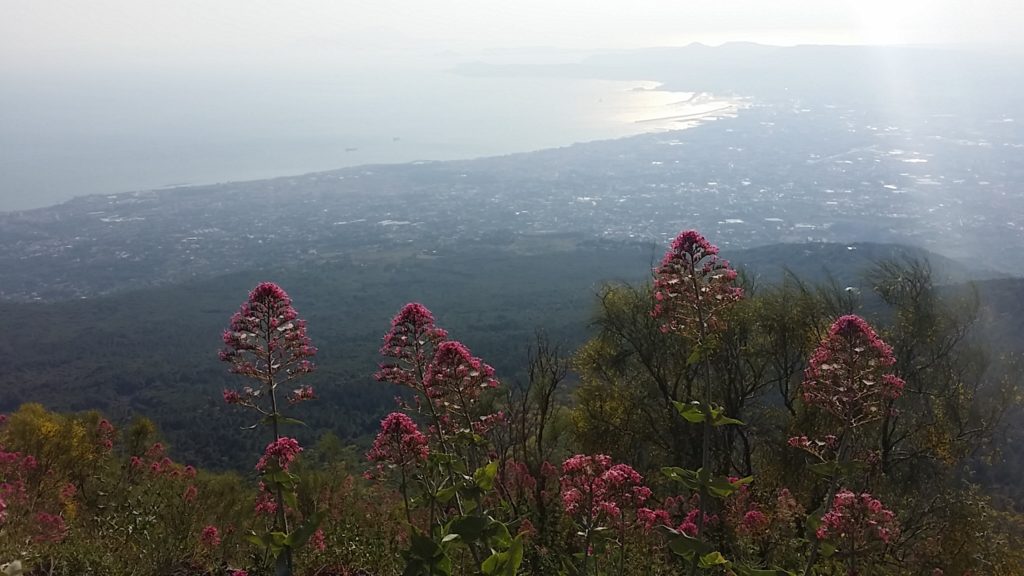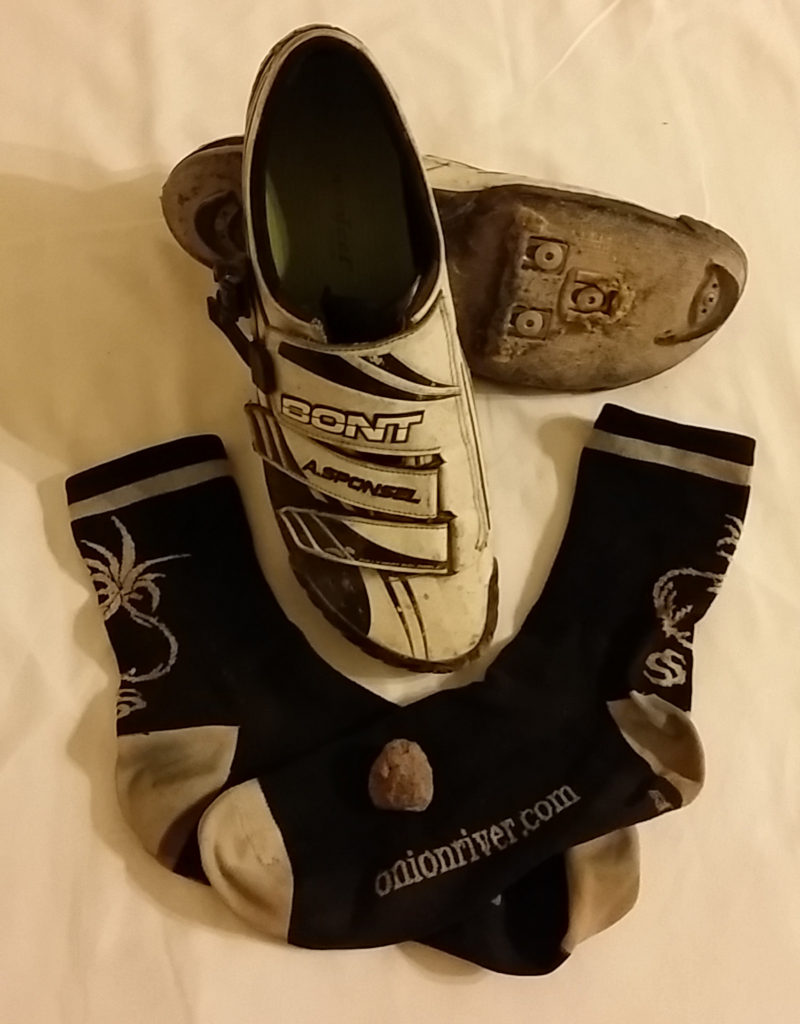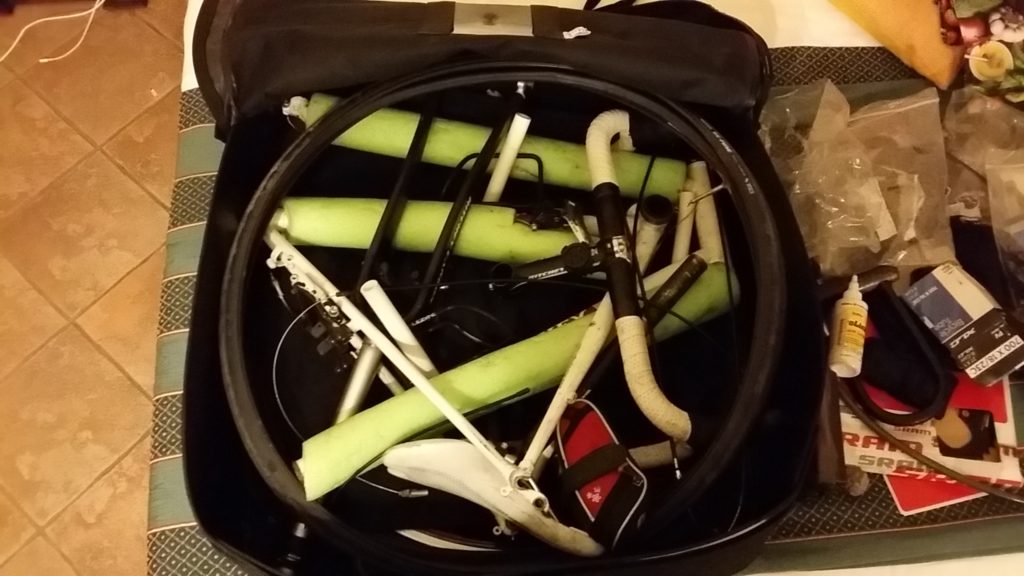In one of my favorite books on the history of science, The Measure of All Things, the author Ken Alder describes riding his bicycle along the eighteenth-century routes taken by two French astronomers in their effort to determine the distance from the north pole to the equator. “Delambre and Méchain,” Alder wrote, “had demonstrated that the judicious application of scientific knowledge might, as Archimedes once boasted, move the world. Where they traveled by carriage and on foot, I substituted a bicycle. After all, what is a bicycle but a lever on wheels? — a lever which allows the cyclist to move along the surface of the world, or, which is much the same thing, move the world.”
I have certainly never undertaken anything as ambitious as Delambre and Méchain’s scheme, whereby they aimed to provide a scientific basis for defining the length of a meter as one ten-millionth of the distance from the equator to the pole. And I don’t expect I’ll ever equal Ken Alder’s feats as cyclo-tourist, let alone as a scholar. But, like Ken, I have found that riding a bicycle enriches my experience as a historian. Cycling offers a speedy but still intimate means to follow pathways taken by expeditionaries I’ve studied. And it has helped me to gauge and appreciate the physical challenges faced by a wide range of historical figures, from celebrated travelers like Alexander von Humboldt to those, like the islanders who transported immense statues across the rugged Rapa Nui landscape, whose names are sadly lost to history.

In what follows I offer a few reflections, illustrations, and even technical tips, based on my experiences exploring history by bicycle.
~
VESUVIUS
In 2015 I traveled to the island of Ischia, in the Bay of Naples, to attend that year’s edition of the long-running Ischia summer school on the history of biology. I eagerly anticipated our visit to the venerable Neapolitan marine biology institution, the Stazione Zoologica, but also hoped to take in some of the volcanic sites that make the area one of the most historically important venues for research in the earth sciences. For our midweek break I recruited several other historians to join me on a day trip (via ferry and train; no bicycles) to nearby Pozzuoli to visit the ancient site known to nineteenth-century geologists as the “Temple of Serapis.” At the end of the week, after saying bittersweet goodbyes to my fellow summer scholars, I turned my attention to the spectacular mountain that looms ominously above the Bay of Naples.

It was a vividly sunny Friday. I took a ferry back to the mainland, checked into a hotel room in the center of Naples, and rode out to see Vesuvius up close.

Since childhood I have been mesmerized by accounts of the ancient eruption of Vesuvius that buried so suddenly the towns of Pompeii and Herculaneum. I wanted to understand for myself how far the volcanic ash had traveled from the eruption site to those communes below, so I decided to ride first to the ruins at Ercolano (Herculaneum) and then make my way back along the route of the pyroclastic flow by cycling directly uphill to the summit crater of Vesuvius.


The ride straight up to the summit is only about 10 miles (16km), but since Ercolano itself is built on a slope up from the bay, it is a steep climb through innumerable side streets just to get to the outskirts of town. Once into the Vesuvian national park, the road climbs on with purpose.

It is not uncommon to see names painted across the road on significant paved climbs like Vesuvius. These are not the signatures of the painters themselves–they’re intended as personalized sources of encouragement to professional cyclists who race in events like the annual Giro d’Italia (Tour of Italy), which had a summit finish on Vesuvius in the third week of the 2009 edition. With the afternoon sun aimed directly at my back as I climbed eastward to the summit, I began to feel the strain of the effort but felt inspired by the thought that there had once been a finish line at the top. On a particularly steep pitch, I found myself smiling: instead of painting a racer’s name, someone had inscribed the words “Memento Mori.”
If you look toward Vesuvius from the Bay of Naples (as in the photo from the ferry, above), you see what appears to be an enormous volcano with a great depression at its summit. But this is an illusion. You are seeing Mount Vesuvius rising from within the caldera of a larger and much older volcano known as Somma. Only half of Somma’s caldera rim remains, surrounding Vesuvius to the east and north in a yawning arc. From the bay, which lies to the west, you can see straight into Somma’s caldera, as if looking at a cross-section of the old volcano.

The structure of this mountain within a mountain is especially apparent when cycling up from Ercolano. After climbing into the great Somma caldera the old rim rises up to your left while the road follows its base before bearing right to ascend the cone of Vesuvius itself.
The final pitches on Vesuvius are fairly steep, but the paving is smooth and the air cools slightly. The road ends short of the summit, at a cluster of shops and vendors’ stands covered by a layer of volcanic dust. I intended to walk my bike along the footpath that climbs the final couple of hundred meters to the crater’s edge, but I was told that no bikes were allowed. I had no lock with me, but a stall owner’s friends convinced me to let them supervise my bike while I made the hike.
Whereas the auto route had been paved with smooth tarmac, the walking path is made of loose pumice pebbles. It was a steep grade, and the rigid carbon-fiber soles of my cycling shoes made it impossible for me to let my heels lift off the ground. The only solution was to hike in my socks, even though I was fond of them and doubted they’d survive their encounter with the volcano. Who knew when I’d be back to Vesuvius.
The sun-baked pumice was very hot underfoot, but I was able to find some relief by walking along the jagged shadow cast by a fence.

Eventually the path levels off and curls along the rim of Vesuvius’ astonishing crater, which plunges so precipitously that I could scarcely see the bottom.

A couple of other hikers commented good-naturedly about my inapt choice of footwear before offering to take a photo of me with the crater.

For my part, I was fascinated to turn away from the crater and look back down toward Ercolano, 1200 vertical meters (~4000ft) below me. It had taken me more than an hour of steady cycling just to reach the end of the road, where I had left my bike. How terrifying to contemplate ash and gas rushing down from this spot to the bay in a matter of minutes.

I put my shoes back on to walk back down the footpath, which crunched beneath me with every step. I was relieved and grateful to find that my bike remained just where I had left it. After buying water and snacks, and offering a token of gratitude to the bike’s kindly custodians, I clipped into my pedals and began to flow down the mountain toward Naples.


The next morning I packed my bike and flew from Naples to Catania, Sicily, for a rendezvous with another volcano that looms large in the history of science, Mount Etna. My window seat afforded me a spectacular final view of Vesuvius.

The cone of Vesuvius looking almost tiny inside the fearsome caldera of Mont Somma.
~
THIS PAGE IS STILL IN PROGRESS. To be continued…